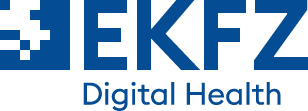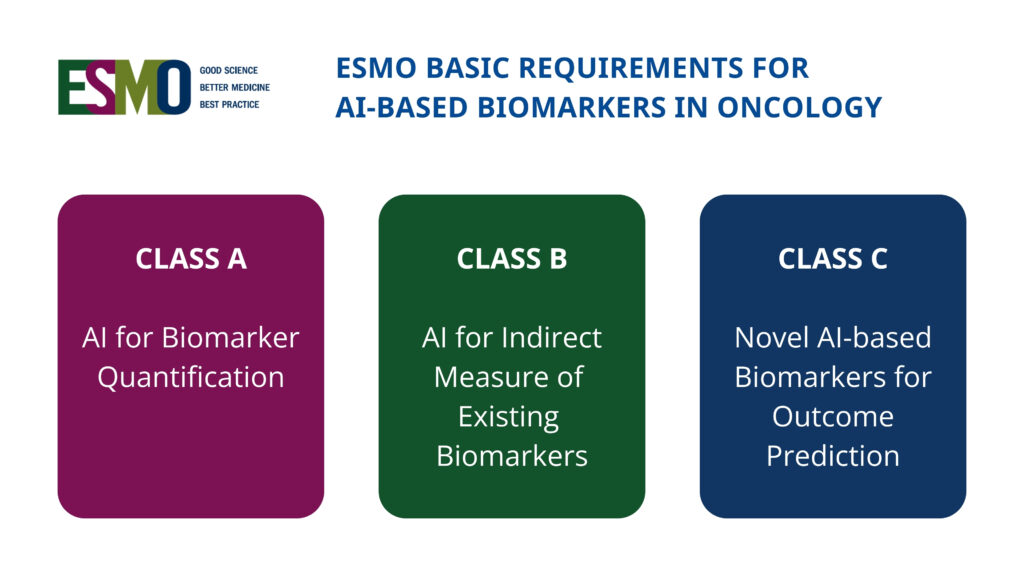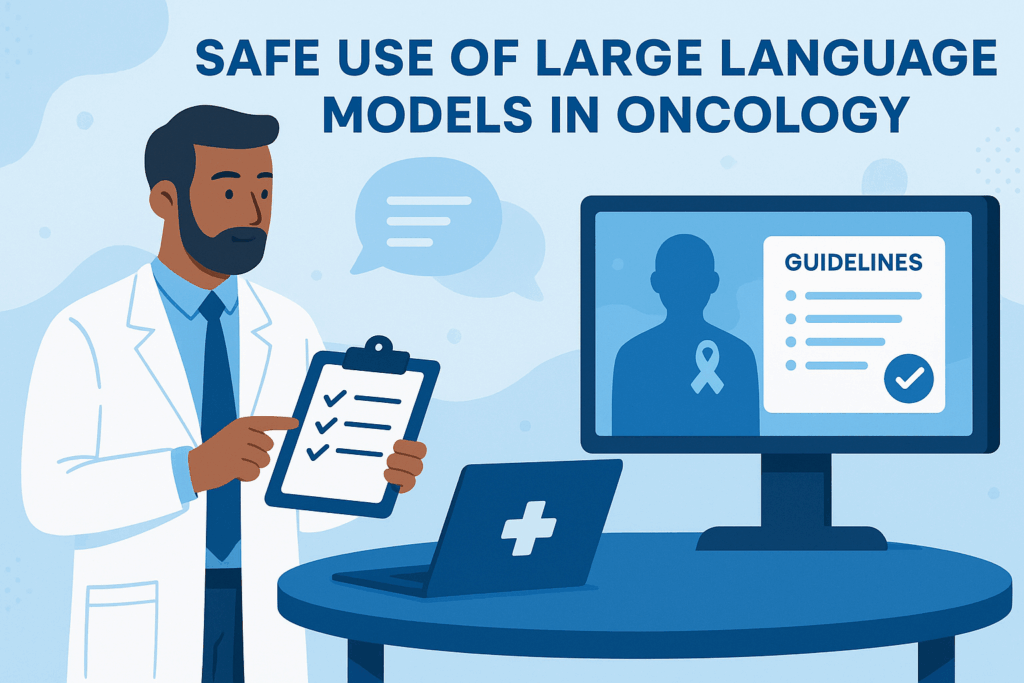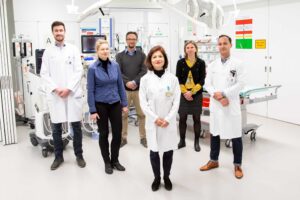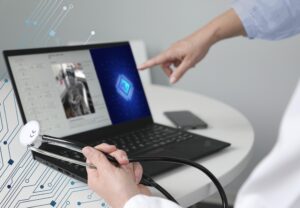Virtual companions, real responsibility
SEMECO is one of the winners of the second round of the BMBF Clusters4Future competition. The German Federal Ministry of Education and Research is funding the project with up to 45 million euros.
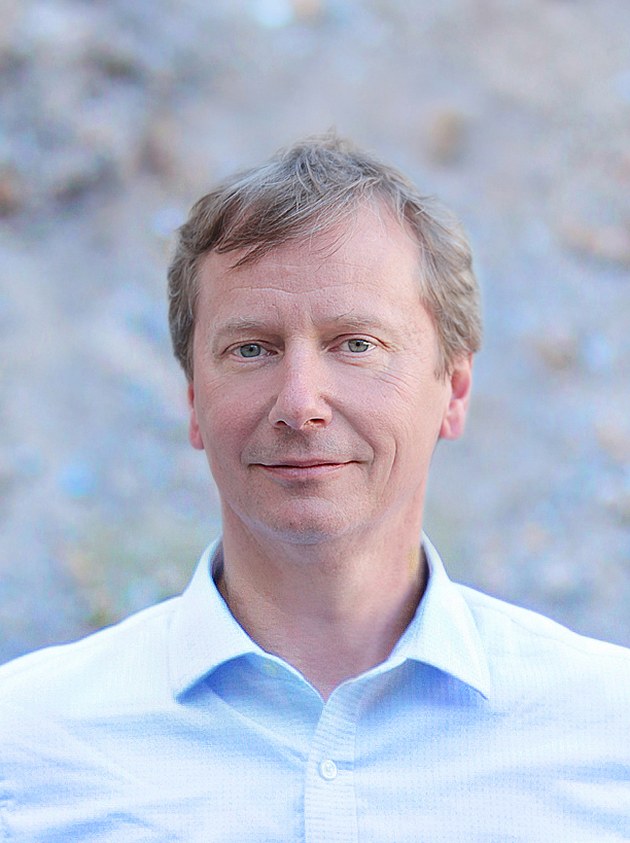
The SEMECO team is very excited. Together, we want to create an ecosystem that leverages the innovation and future potential of the semiconductor and microsystems technology industry for medical technology, reconciles the justified regulatory and safety requirements, and thereby accelerates the development of applications for the market and for the benefit of patients
Prof. Gerhard Fettweis
Professor of Mobile Communication Systems at TU Dresden and scientific coordinator of the SEMECO project
To increase the pace of innovation for smart medical instruments and implants and break the innovation backlog in the medical technology industry, SEMECO (Secure Medical Microsystems and Communications) aims to revolutionize traditional approval processes for medical technology with new approaches to system solutions.
The innovation cycle for medical technology is taking increasingly longer, due to more demanding approval processes on one hand and more complex systems on the other. SEMECO’s vision is to speed up innovation cycles in medical technology and to revolutionize traditional medical regulation through artificial intelligence (AI) methods. Through the unique interplay of metrology, intelligence and information processing, revolutionary smart medical instruments and implants will be developed and approved faster. A new platform approach will provide safe and highly integrated cybermedical microsystems.
Regional clustering of scientific excellence
SEMECO is one of seven clusters from across Germany selected from 117 applicants in the second round of the BMBF’s Clusters4Future competition. Each of the seven clusters will receive up to 15 million euros for a three-year funding period, which can be extended to up to nine years. A key strength lies in the regional pooling of scientific excellence from leading Saxon research partners. The SEMECO future cluster, centered around Dresden University of Technology, together with the Else Kröner Fresenius Center for Digital Health, the 5G++Lab Germany and the Barkhausen Institute, offer ideal conditions for innovative and sustainable collaboration at Europe’s leading academic and industrial location for microelectronics, communications engineering and explainable AI. “The selection of the future cluster SEMECO is a terrific success and strengthens the further expansion of the Digital Health focus of TU Dresden. SEMECO will advance translational research in this field at an excellent level,” says Prof. Angela Rösen-Wolff, Prorector Research at TU Dresden.
Innovative ecosystem for medical technology
“Medical electronics and communications technology often lags many years behind the state of the art,” here we must work much more intensively on the pace of innovation,” said Prof. Michael Albrecht, Medical Director of Dresden University Hospital. “We are all the more pleased about this federal funding, which once again shows how much confidence there is in the interdisciplinary structures created at the Dresden site.”
One example of the often outdated electronics and communications technology is the exclusively wired monitoring of critically ill patients. Such complex systems, once approved, hinder flexibility and innovation. “The challenge is to bridge the gap between the latest capabilities of technology and its practical application in medicine. This is where SEMECO aims to create platform technologies that have potential applications throughout medicine and go far beyond a single clinical picture,” said Prof. Esther Troost, dean of the Medical Faculty at TU Dresden. The goal is to establish an industrial ecosystem that dramatically shortens the innovation cycles of cybermedical micro- and communication systems through new security architectures and automatable certification using explainable artificial intelligence. By interdisciplinary linking of microelectronics, communication technology, nanotechnology, AI-based knowledge systems and secure runtime environments, new revolutionary functionalities are thus enabled in an environment with clear and advanced clinical application scenarios. This increases the pace of innovation and smart medical instruments and implants can reach patient care faster.
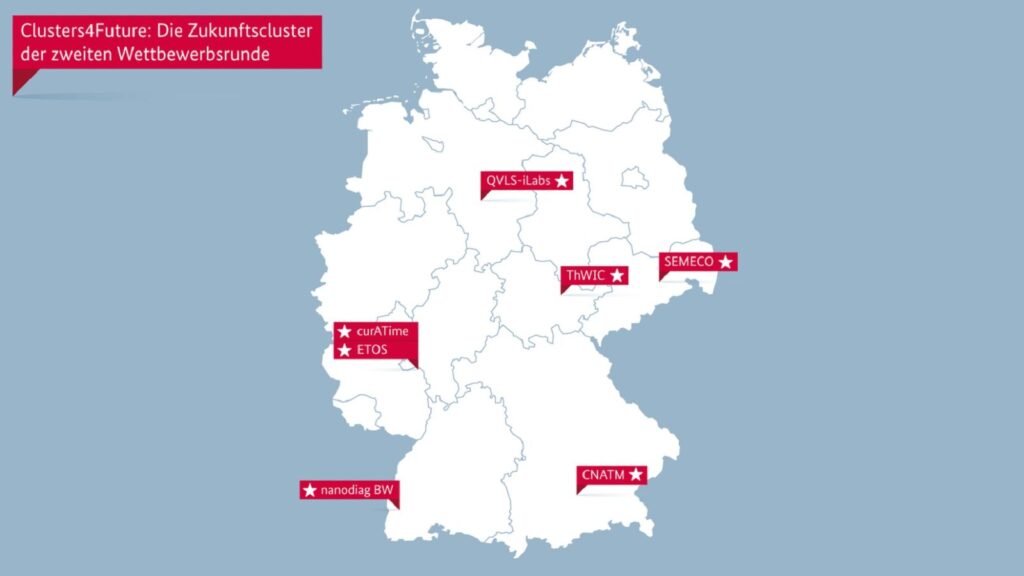
More News
New international framework defines standards for AI-based biomarkers in oncology (EBAI)
New ESMO Guidelines: Safe use of large language models in oncology
